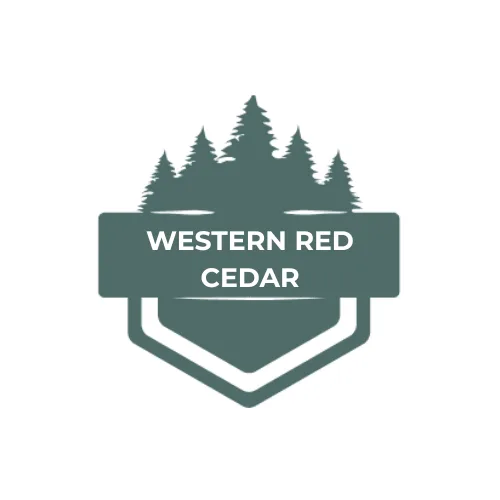March 29, 2016
 A garden shed is a often used to store gardening equipment and yard tools where they are needed. However, you can also build a decorative garden shed and make it part of the landscaping and design element of the garden. To make the garden shed a focal point of interest in your garden, you need to make it attractive and match the landscaping design of your garden.
The best way to do this is to build a basic garden shed and customize it or decorate it with a bird house on top, a living roof of moss or other plants, allocate part of the shed for a greenhouse, rabbit hutch, or chicken coop. You can incorporate multiple variations on the basic theme.
A garden shed is a often used to store gardening equipment and yard tools where they are needed. However, you can also build a decorative garden shed and make it part of the landscaping and design element of the garden. To make the garden shed a focal point of interest in your garden, you need to make it attractive and match the landscaping design of your garden.
The best way to do this is to build a basic garden shed and customize it or decorate it with a bird house on top, a living roof of moss or other plants, allocate part of the shed for a greenhouse, rabbit hutch, or chicken coop. You can incorporate multiple variations on the basic theme.




